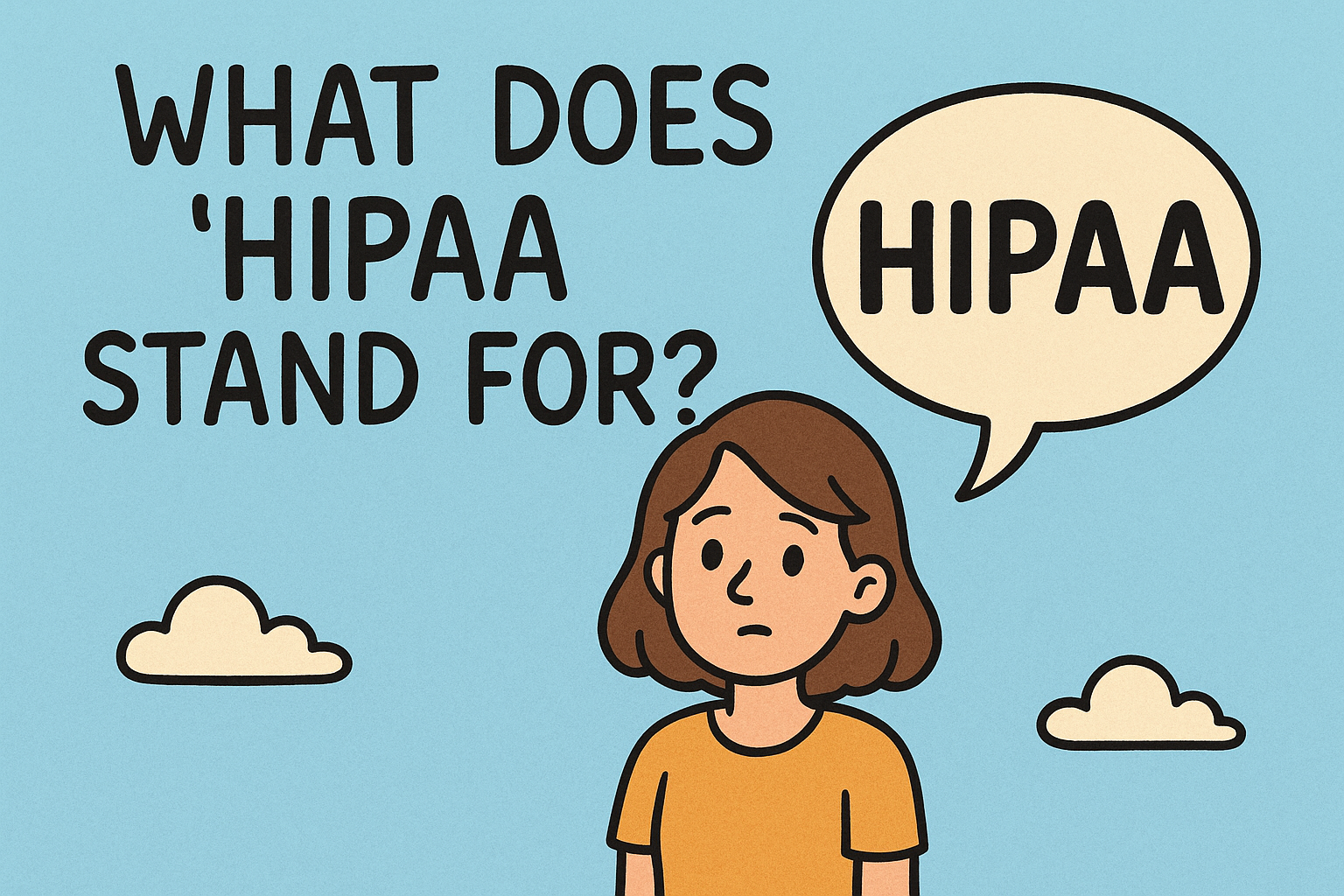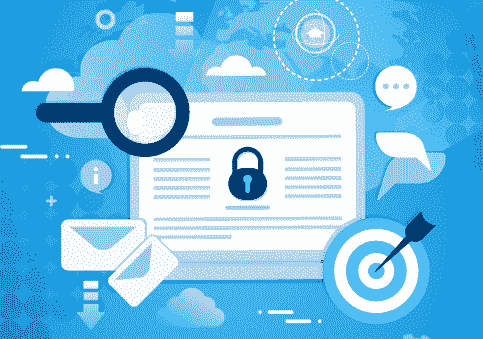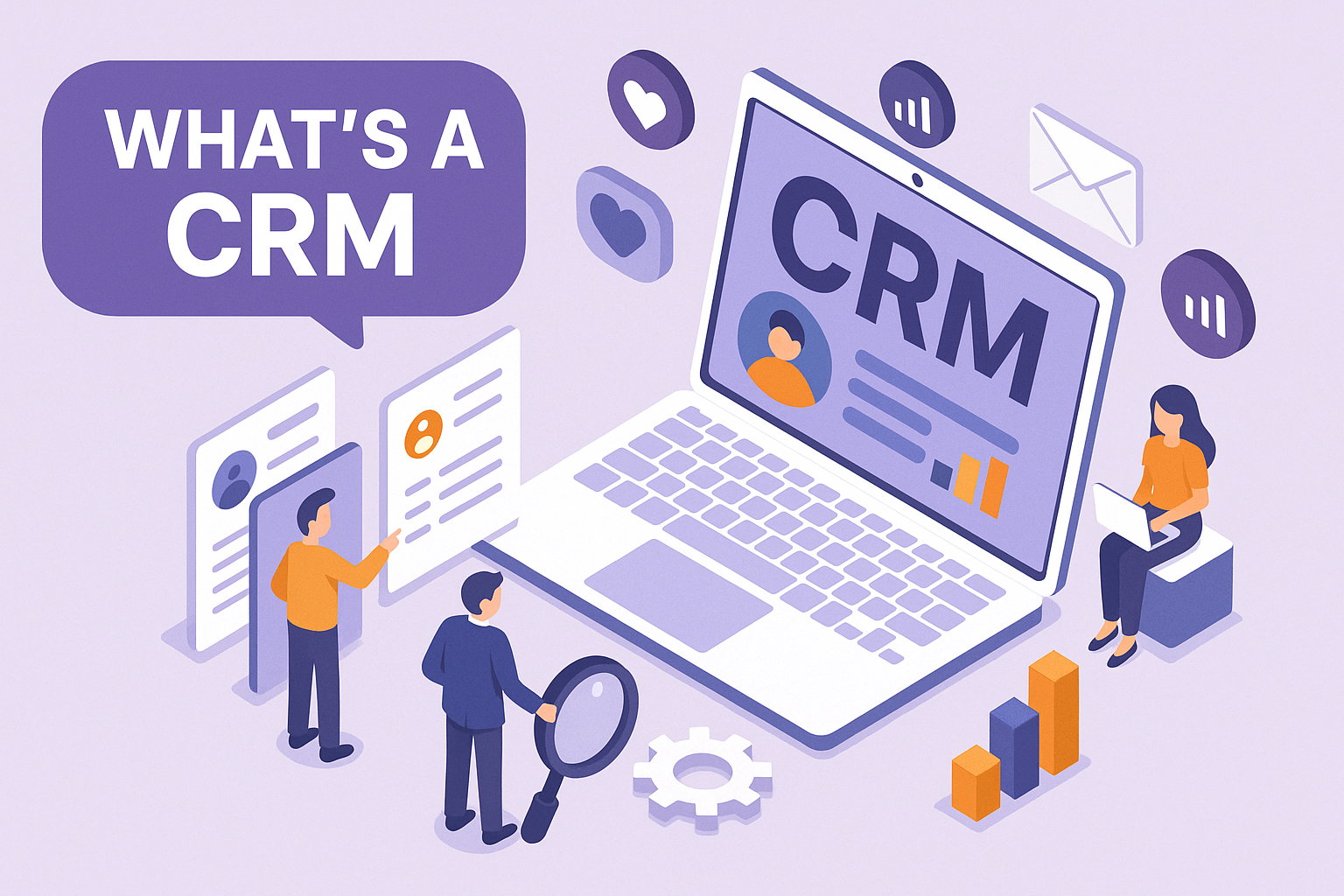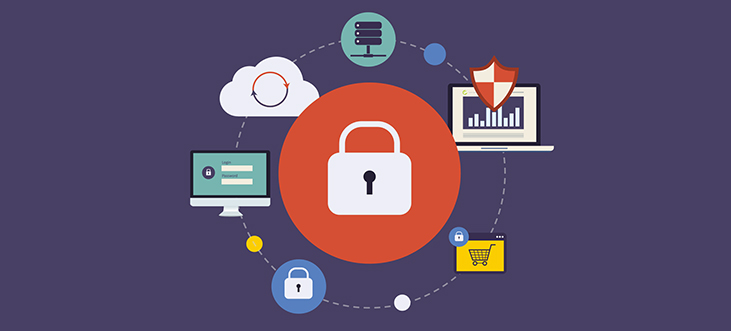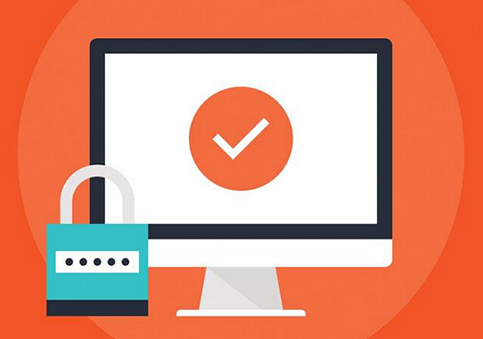What is Phishing Email? How to Spot and Stop Email Phishing Attacks
Updated on June 27, 2025, by Xcitium
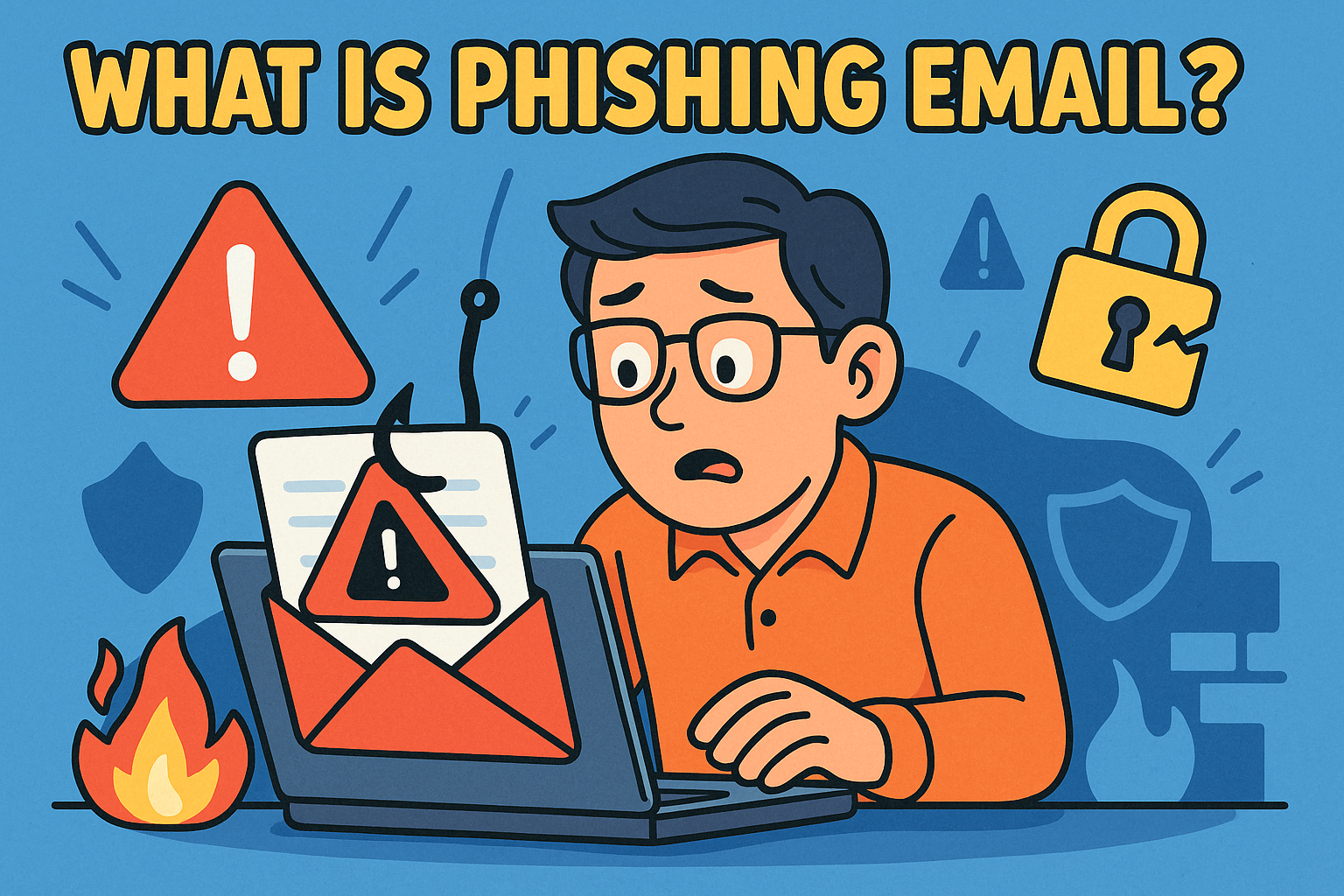
Every day, over 3 billion phishing emails are sent, targeting everyone—from entry-level employees to CEOs. One click on the wrong link, and cybercriminals are in your system. So, what is phishing email, and how can you protect your organization from becoming the next victim?
In this guide, we’ll decode email phishing scams, explain how phishing attack emails operate, and arm you with tips to spot a phishing email before it’s too late.
🎯 What is Phishing Email?
A phishing email is a type of cyberattack where attackers impersonate legitimate entities to trick recipients into revealing sensitive data—like passwords, credit card numbers, or login credentials.
These emails often mimic trusted organizations (e.g., banks, IT departments, delivery services) and contain malicious links or attachments designed to steal information or install malware.
📉 Why Phishing Emails Are So Dangerous
Phishing emails are responsible for 90% of data breaches. Here’s why:
- They’re cheap and easy to deploy at scale.
- They exploit human psychology—not technical vulnerabilities.
- They bypass many traditional security defenses.
- They’re often part of larger, more damaging campaigns like ransomware.
🧠 Phishing Email Examples to Learn From
Understanding phishing email examples can help you build stronger defenses. Here are a few common types:
1. Credential Theft
Subject: Your Microsoft 365 Password Will Expire in 24 Hours
Message: “Click here to reset your password immediately.”
These emails lead users to fake login portals that harvest credentials.
2. Invoice Fraud
Subject: URGENT: Invoice Due Today
Attachment: “invoice_q4_2025.pdf.exe”
Often targets finance departments with malicious attachments disguised as bills.
3. Spear Phishing
Personalized emails pretending to come from executives or vendors.
Example: “Hi Sarah, please approve this wire transfer urgently.”
🧠 Spot a Phishing Email: Red Flags to Watch
Train your team to spot these common phishing attack email signs:
🔍 Sender Address: Slight variations from legitimate domains (e.g., info@micros0ft.com)
🔍 Generic Greetings: “Dear user” instead of your real name
🔍 Urgency & Threats: “Your account will be suspended!”
🔍 Spelling/Grammar Errors: Often sloppy and unprofessional
🔍 Suspicious Links: Hover before you click—URLs often don’t match the sender
🔍 Unexpected Attachments: Especially from unfamiliar sources
🔐 How Phishing Emails Work (Behind the Scenes)
Here’s what typically happens when a phishing email lands in your inbox:
- Deception: An attacker spoofs a known contact or domain.
- Engagement: The email prompts urgent action—like clicking a link.
- Compromise: The link leads to a fake login page or malware.
- Exfiltration: Credentials or sensitive data are stolen.
- Escalation: Attackers may move laterally in your network or sell access on the dark web.
🛡️ How to Protect Against Phishing Email Scams
Protecting your organization requires a layered approach:
✅ Technical Solutions
- Use email filters and phishing detection tools.
- Implement DMARC, SPF, and DKIM email authentication protocols.
- Enable multi-factor authentication (MFA) everywhere.
✅ Employee Training
- Run regular phishing simulations.
- Train users to report suspicious emails.
- Build a security-aware culture with ongoing education.
✅ Policy Enforcement
- Block macros in email attachments.
- Limit privileged access to essential personnel.
- Regularly update systems and security patches.
📋 Phishing Protection Checklist
Use this list to assess your organization’s readiness:
- Do you train employees on phishing detection?
- Is MFA enabled on all accounts?
- Are your email domains protected by SPF, DKIM, and DMARC?
- Do you use phishing-resistant authentication?
- Can employees report phishing emails easily?
🛠️ Tools to Combat Email Phishing Scams
Here are some popular solutions for phishing detection and response:
| Tool Category | Examples |
| Email Security Gateways | Proofpoint, Mimecast, Microsoft Defender |
| Phishing Simulations | KnowBe4, Cofense |
| Endpoint Detection | Xcitium EDR, CrowdStrike |
| Identity Management | Okta, Duo Security |
💼 Phishing by Industry: Who’s Most at Risk?
- Finance: Credential harvesting for wire fraud
- Healthcare: Accessing PHI for ransomware extortion
- Retail: Credential stuffing and payment fraud
- Government: Espionage and classified data theft
Every industry is a target—but especially those handling sensitive information or large transactions.
📣 Ready to Strengthen Your Defenses?
Phishing emails aren’t going away. In fact, they’re becoming more convincing.
🔐 Protect your organization now with Xcitium’s email security solutions.
👉 Request a Free Demo
❓ FAQ: What is Phishing Email?
1. What is the meaning of phishing email?
A phishing email is a fraudulent message that mimics a trusted source to trick recipients into revealing confidential information or clicking on malicious links.
2. How do I spot a phishing email?
Look for red flags like mismatched email domains, urgent language, suspicious links, and unexpected attachments.
3. What should I do if I clicked on a phishing email?
Immediately disconnect from the internet, report the incident to your IT team, and change all relevant passwords.
4. Can phishing emails bypass spam filters?
Yes. Many phishing emails are crafted to evade spam filters using advanced evasion techniques and social engineering.
5. Are there phishing email examples I can study?
Yes—many cybersecurity sites (including Xcitium) offer real-world examples to help educate users.




